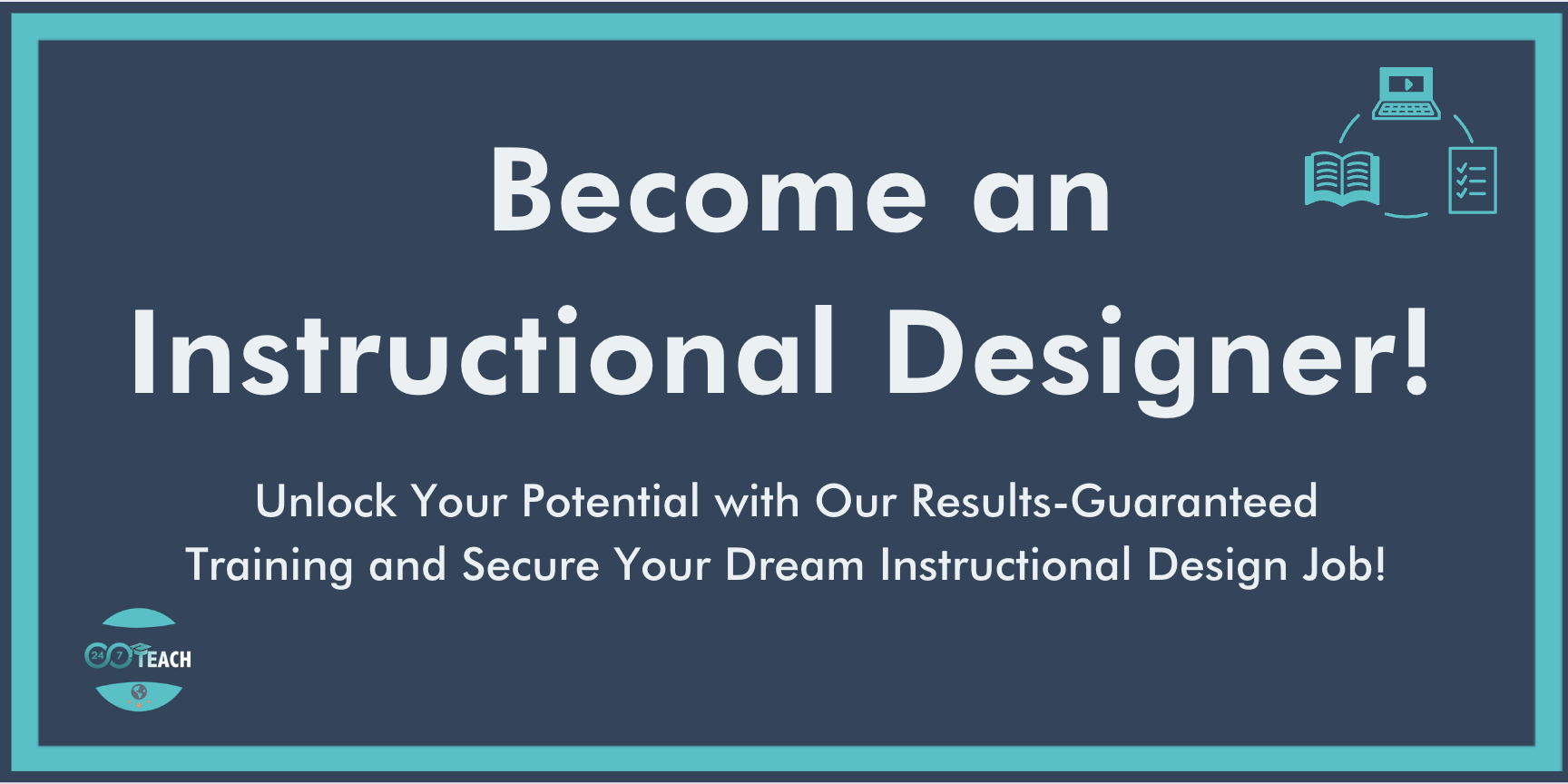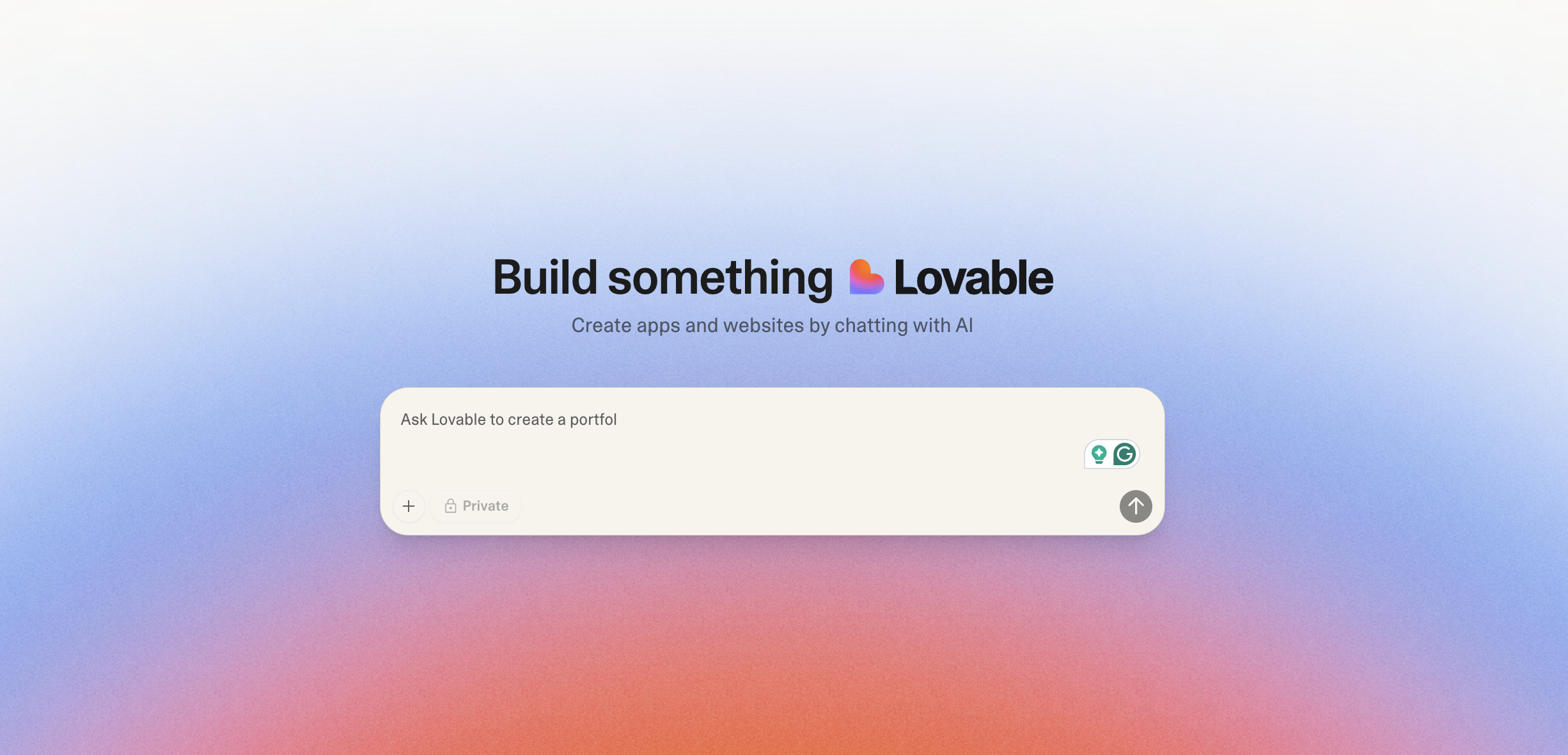Understanding Andragogy vs. Pedagogy in Instructional Design:
By: Anthony Miller
Lead Instructional Designer and Recruiter
Prefer to listen to this post? Click below.
Understanding the Distinction between Andragogy and Pedagogy in Instructional Design:
Introduction:
In the field of instructional design, two terms frequently mentioned are "andragogy" and "pedagogy." While they share the goal of facilitating effective learning experiences, they differ in their approach and application. Understanding the distinctions between andragogy and pedagogy is essential for instructional designers seeking to create impactful and learner-centered educational materials. In this blog post, we will delve into the definitions, principles, and practical applications of both concepts in instructional design.
Defining Andragogy and Pedagogy
Pedagogy: Pedagogy refers to the science and art of teaching children and young learners. Derived from the Greek words "paidos" (child) and "agogos" (leading), pedagogy places the teacher at the center of the learning process. Pedagogical approaches typically involve direct instruction, structured curriculum, and a focus on providing clear objectives and guidance. The teacher assumes the role of the authority figure, transferring knowledge and skills to the learners.
Andragogy: Coined by Malcolm Knowles in the 1970s, andragogy is the art and science of teaching adults. Derived from the Greek words "andros" (man) and "agogos" (leading), andragogy is centered on the idea that adults have different learning needs and motivations compared to children. Andragogy emphasizes self-directed learning, active participation, and drawing upon the learners' prior experiences to facilitate meaningful learning. It recognizes the adult learner as a collaborative partner in the educational process.
Pedagogy Principles:
a. Teacher-centered: Pedagogy places the teacher in the role of the expert and decision-maker.
b. Structured and sequential: The curriculum is carefully designed and structured to build knowledge incrementally.
c. Clear objectives: Learning outcomes and objectives are explicitly defined by the teacher.
d. Direct instruction: Teachers use a variety of strategies, including lectures, demonstrations, and guided practice, to impart knowledge.
e. Evaluation and assessment: Assessments are used to measure the learners' understanding and progress.
Andragogy Principles:
a. Learner-centered: Andragogy places the learner at the center, recognizing their autonomy and self-direction in learning.
b. Prior experience: Adult learners' prior knowledge and experiences are considered valuable resources for learning.
c. Active participation: Adults are encouraged to actively participate in the learning process through discussions, problem-solving, and collaborative activities.
d. Relevance: Learning is more meaningful when it is directly applicable to the adult learners' lives and experiences.
e. Self-directed learning: Adults take responsibility for their learning, setting their goals and managing their progress.
Application in Instructional Design:
Pedagogical Applications: Pedagogy is commonly used in traditional educational settings, such as elementary, middle, and high schools. Instructional designers who adopt pedagogical approaches focus on creating structured lesson plans, clear objectives, and teacher-led activities. They design materials that facilitate knowledge transfer and provide explicit instruction. Strategies like lectures, worksheets, and assessments align with the principles of pedagogy. However, it is crucial to incorporate elements of learner engagement and interactivity to enhance the learning experience.
Andragogical Applications: Andragogy finds its place in adult learning contexts, including corporate training, professional development programs, and higher education for adult learners. Instructional designers implementing andragogical principles aim to create learner-centered environments that promote self-directed learning and leverage the learners' prior experiences. Design strategies include interactive e-learning modules, group discussions, case studies, simulations, and real-world problem-solving activities. These approaches stimulate active participation and help adults connect new knowledge to their existing knowledge and skills.
Blending Pedagogy and Andragogy: Effective instructional design often involves a blend of pedagogical and andragogical approaches, depending on the learners' characteristics and context. For instance, in higher education, a mix of pedagogical and andragogical strategies may be employed to accommodate traditional-aged students and adult learners within the same program. A balanced approach allows for structured instruction while also promoting autonomy and active engagement.
Exploring the Overlapping Concepts of Andragogy and Pedagogy:
While andragogy and pedagogy are often presented as distinct approaches, it's important to recognize that they are not mutually exclusive. There is an inherent overlap between the two concepts, and instructional designers can draw upon elements from both to create comprehensive learning experiences. Let's explore some of the commonalities:
Learner Engagement: Both andragogy and pedagogy recognize the importance of engaging learners in the educational process. While pedagogy often involves teacher-led activities, it can still incorporate interactive elements to capture learners' attention and foster engagement. Similarly, andragogy acknowledges that not all adults are self-directed learners from the start, and some may benefit from structured instruction and guidance.
Learning Objectives: Both approaches require clear learning objectives. Pedagogy relies on predetermined objectives set by the teacher, whereas andragogy involves collaboration between the teacher and adult learners to identify their specific goals and align them with the learning outcomes.
Feedback and Assessment: Both andragogy and pedagogy emphasize the importance of feedback and assessment to monitor learners' progress. Pedagogical approaches often employ formal assessments, while andragogy may include self-assessment and reflection as tools for adult learners to evaluate their own growth.
Adaptability: Both approaches recognize the need for flexibility and adaptability in the learning process. Instructional designers must be responsive to the learners' needs and adjust the instructional methods accordingly, whether it be modifying a lesson plan based on student feedback or tailoring content to adult learners' prior experiences.
The Evolving Landscape of Instructional Design:
In recent years, the landscape of instructional design has expanded to accommodate various learning contexts and preferences. With advancements in technology, the availability of online learning platforms, and the rise of blended learning models, instructional designers now have a broader range of tools and approaches at their disposal.
Instructional designers are increasingly adopting learner-centered approaches that incorporate elements of both andragogy and pedagogy. This learner-centric design focuses on creating personalized learning paths, fostering learner autonomy, and incorporating interactive and engaging activities. By leveraging technology, instructional designers can provide learners with access to resources, collaborative platforms, and self-paced modules that cater to their individual needs and preferences.
Moreover, the rise of microlearning and just-in-time learning has led to the development of bite-sized, easily accessible learning modules. These modules align with andragogical principles by offering adults the flexibility to acquire knowledge and skills in a manner that fits into their busy schedules and specific requirements.
Conclusion:
In the realm of instructional design, understanding the nuances between andragogy and pedagogy is essential for creating effective and impactful learning experiences. While they differ in their focus and application, these concepts share common elements and can be blended to meet the needs of diverse learners.
Instructional designers should strive to create learner-centered environments that balance structure, guidance, and autonomy. By incorporating interactive activities, leveraging technology, and drawing upon learners' prior experiences, designers can optimize the learning process and promote meaningful engagement.
As instructional design continues to evolve, it is crucial for designers to adapt their approaches to meet the changing needs of learners in today's dynamic world. By embracing a flexible mindset and integrating the principles of both andragogy and pedagogy, instructional designers can pave the way for effective, learner-focused educational experiences.
Need Guidance on Navigating the Shift to Instructional Design?
Before You Go...
Discover the Unmatched 24/7 Teach Experience:
Our Instructional Design bootcamps and career coaching services have a 100% success rate. We redefine learning by immersing you in practical, hands-on projects, ensuring you acquire vital professional expertise while making a meaningful difference in your community.
Unlock your true potential today with 24/7 Teach and invest in your future.











